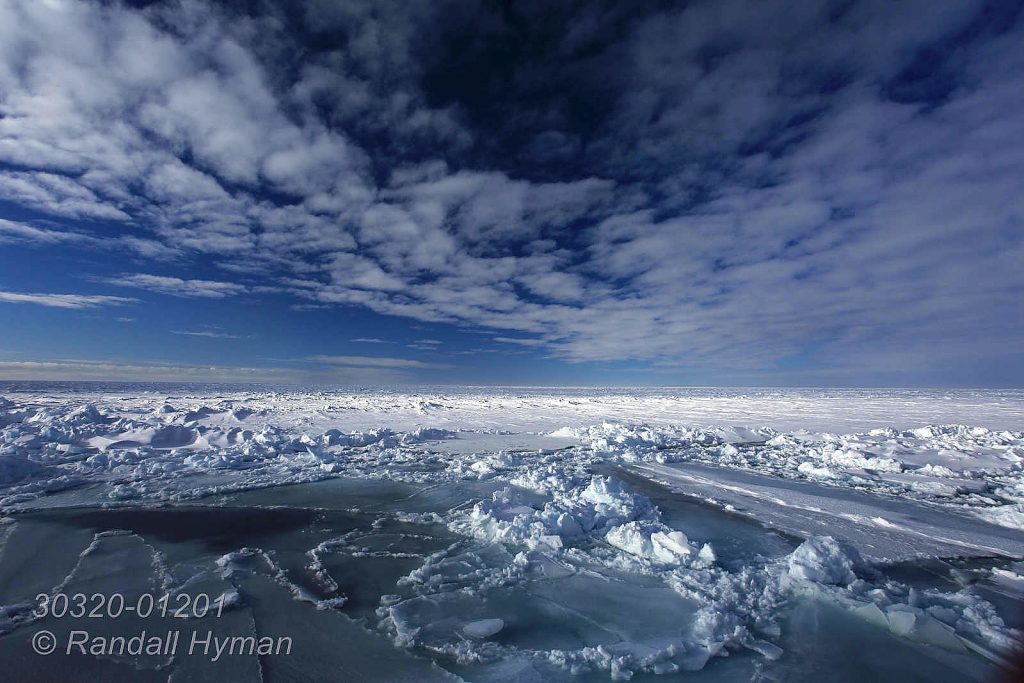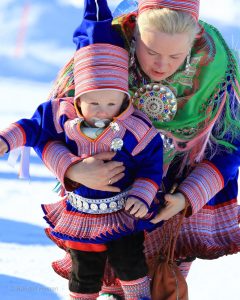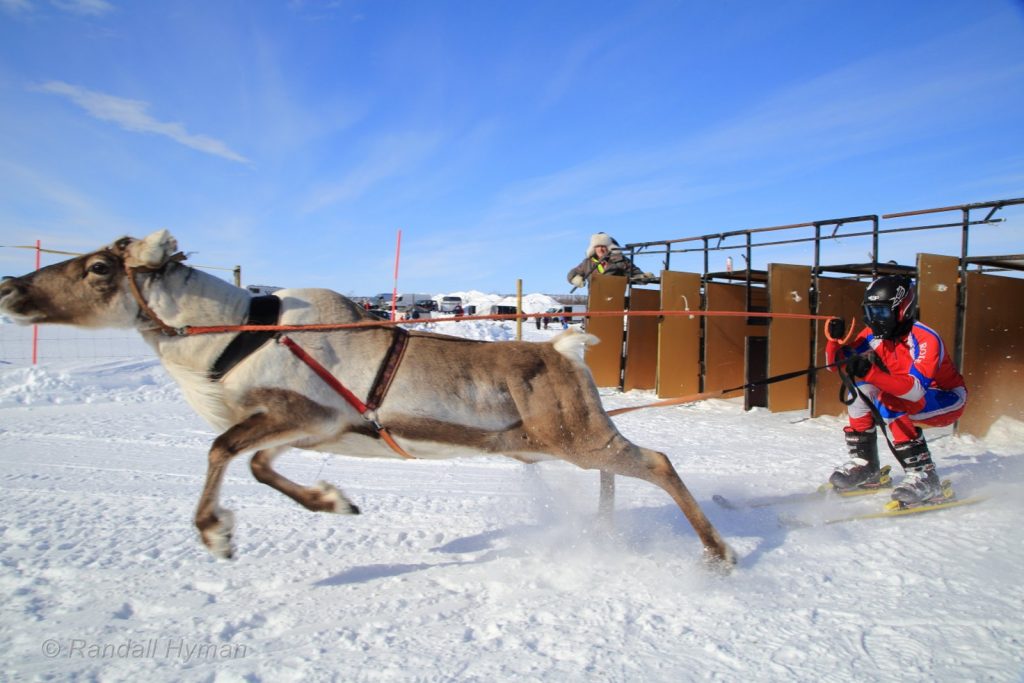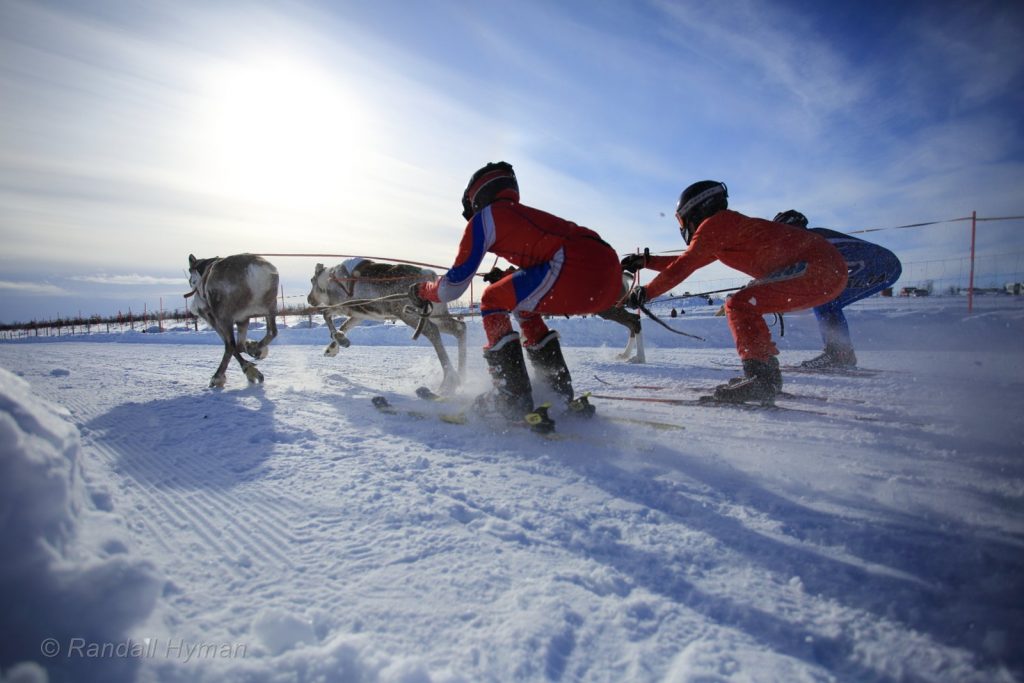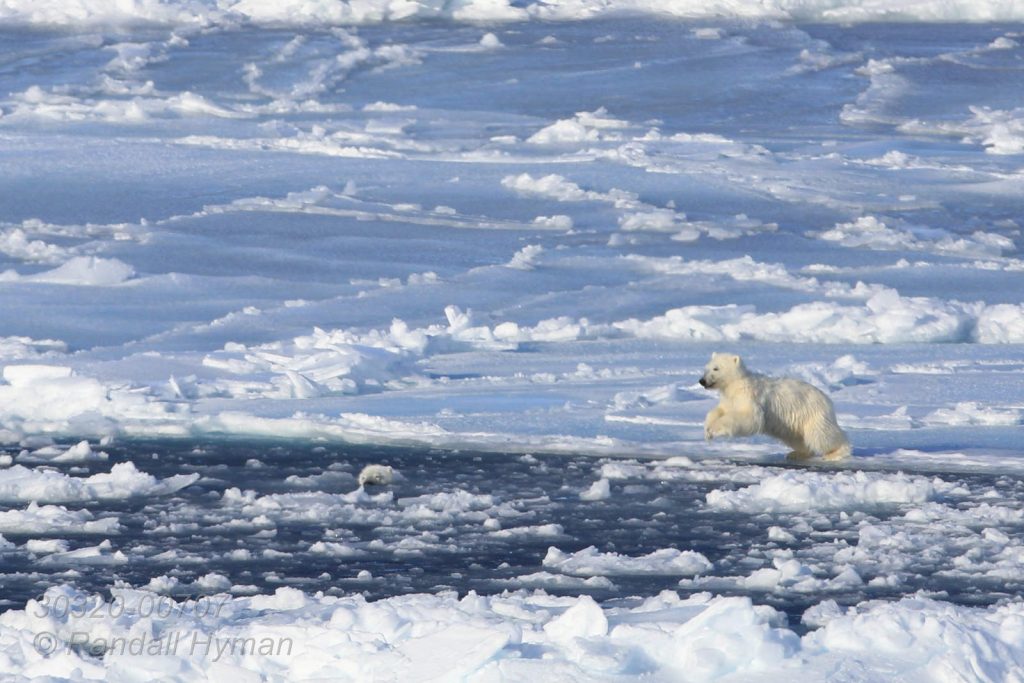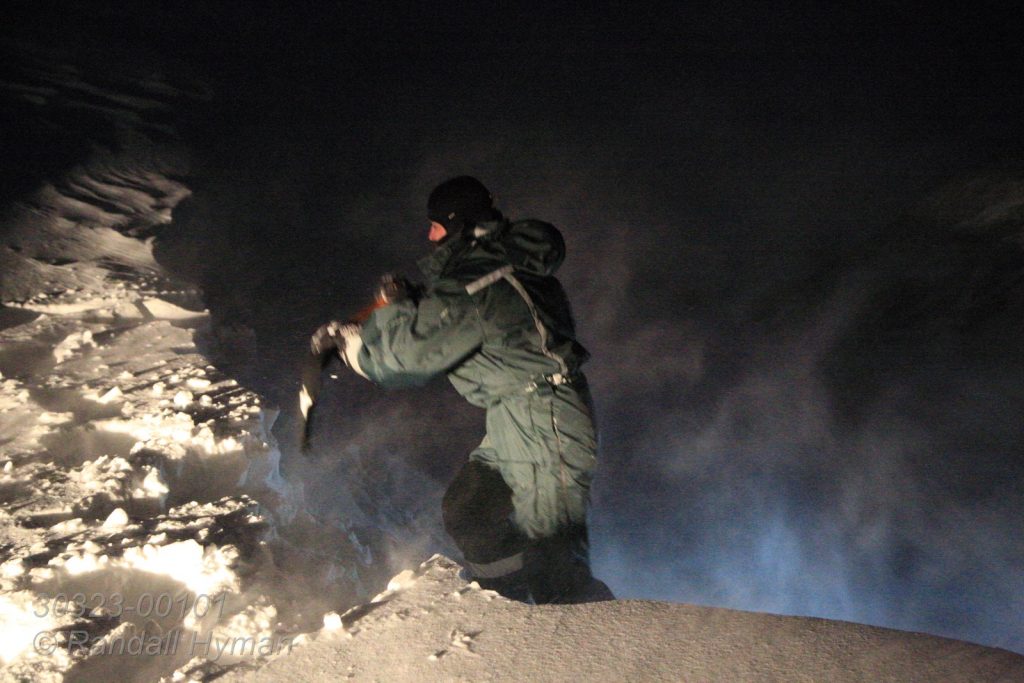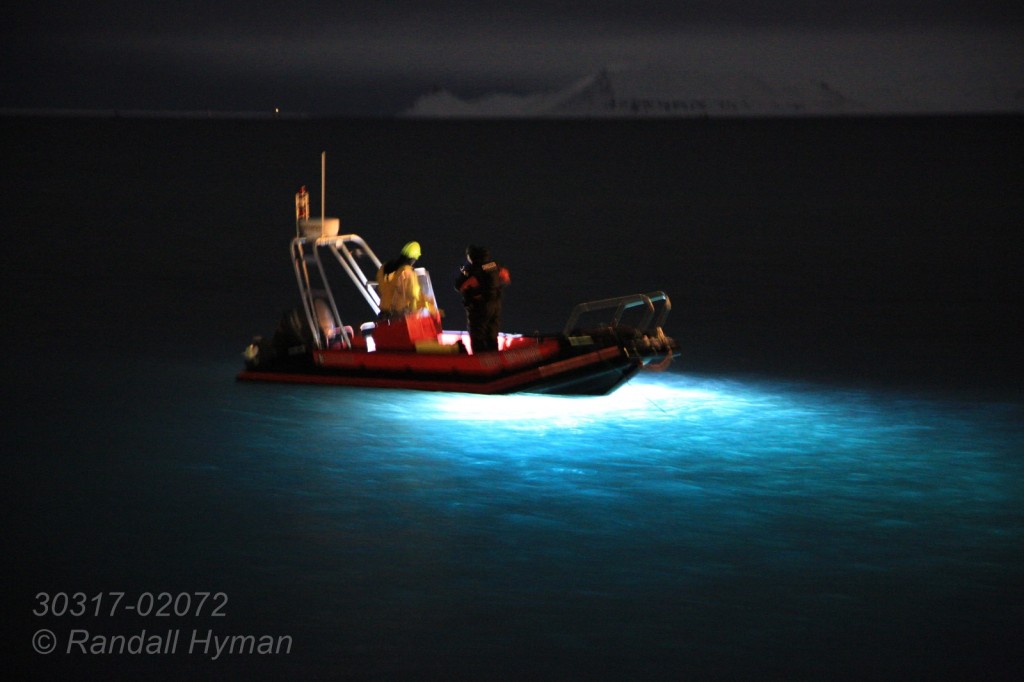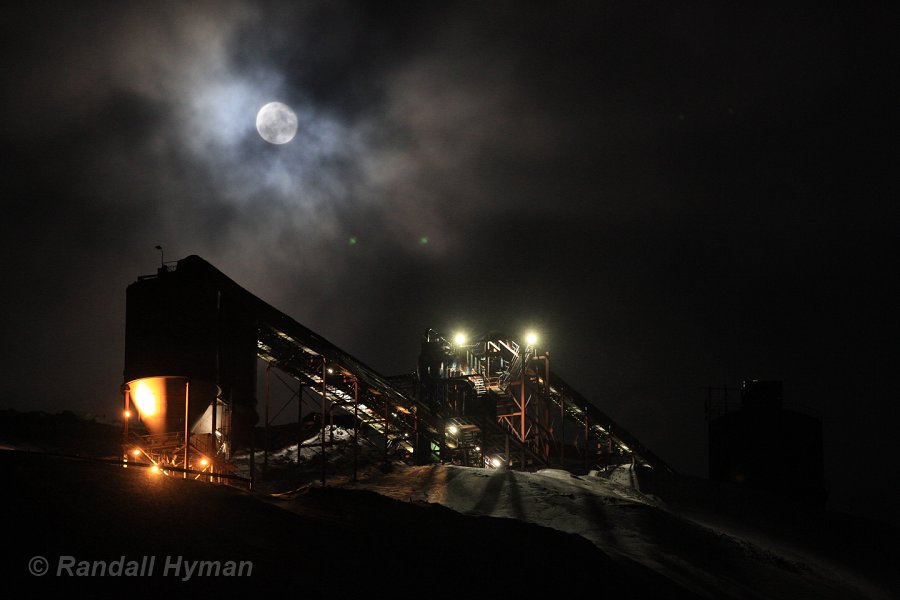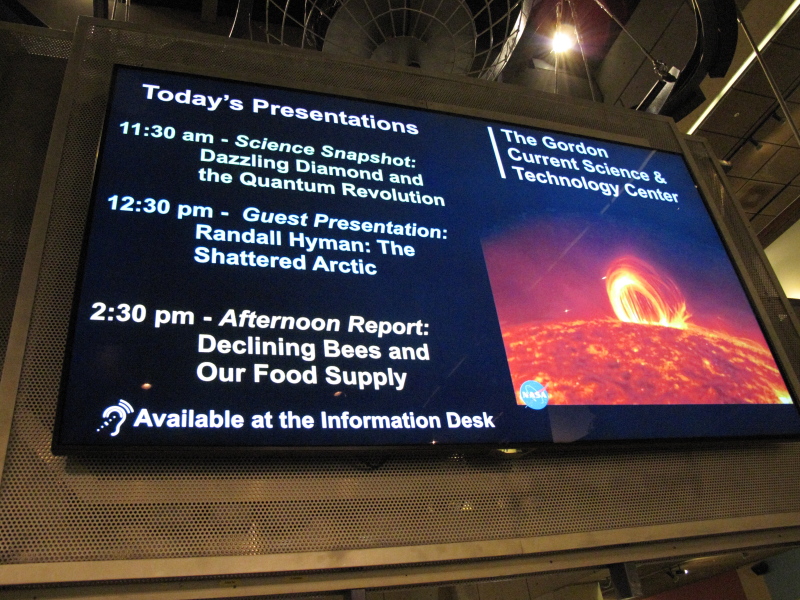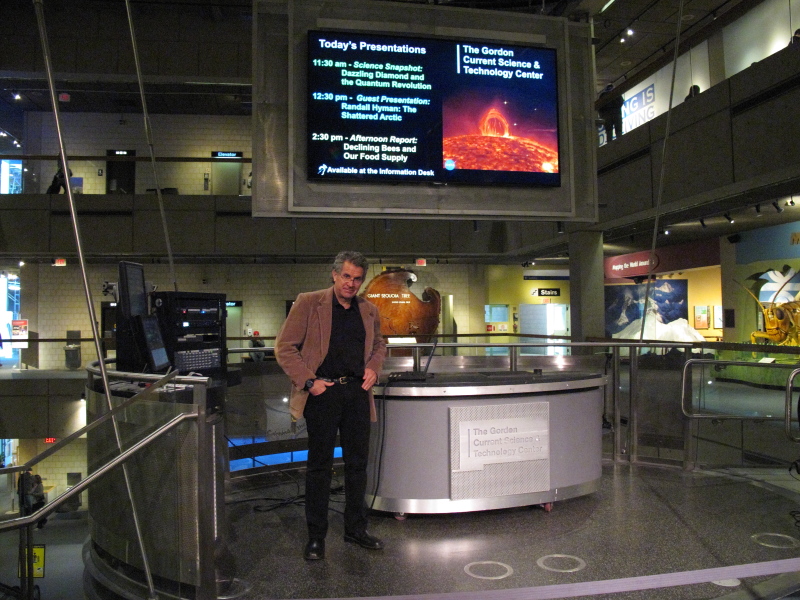SEA-ICE ALGAE LEAD MYSTERIOUS LIVES. Some hang like slimy greenish-brown beards from the underside of ocean ice while others thrive in tiny brine channels that form when seawater freezes. Essential to the survival of creatures from tiny krill to penguins, seals, polar bears and blue whales, ice algae are also elusive. That’s why scientists sail to the ends of the Earth to study them, and why I found myself a few years ago peering over the side of the Norwegian research ship Lance, zigzagging toward the North Pole…
CLICK PHOTO TO READ ARTICLE:

































